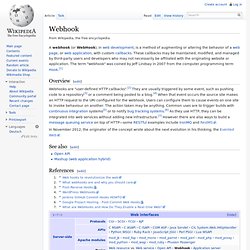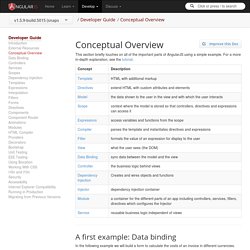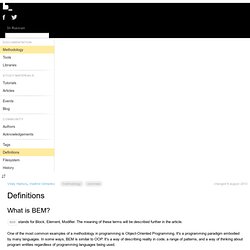

Intro to Graphics. Okay, now we are going to cover the same material, but in text form.

This covers basic graphics in Elm. We will first cover images and text. From there we will learn how to put many graphical elements together. Once we are good at putting rectangular shapes together, we will branch out to the wild west of triangles, pentagons, and circles. Basic graphical elements are called elements in Elm. There are many built-in functions that will help us create all of these graphical elements. Images We will start with a classic cartoon bear. main = image 200 200 "/yogi.jpg" Pictures have a width, height, and file name.
Maybe we decide to look at some shells from South Africa: Northwestern University Knight Lab.
Akka. Apache Server. Semantic Web. Implement an algorithm to prin... Implement an algorithm to print all possible valid combinations of braces when n pairs of paranthesis are given.

I tried this code executing. I checked with System.out.println statements too. But I couldn't understand how this prints ( ( ) ). I have two questions. 1) If we give count as 2, this code should generate only ( )( ). 2) The second if block(that is, if(rightRem > leftRem) within the else block of allParen is always after if(leftRem > 0), then how come this is able to generate ( ( ) ) public static void addParen(ArrayList<String> list, int leftRem, int rightRem, char[] str, int count) { if (leftRem < 0 || rightRem < leftRem) return; // invalid state if (leftRem == 0 && rightRem == 0) { /* all out of left and right parentheses */ String s = String.copyValueOf(str); // System.out.println(str); list.add(s); } else { if (leftRem > 0) { // try a left paren, if there are some available str[count] = '('; return list; } public static void main(String args[]) { Webhook. Overview[edit] Webhooks are "user-defined HTTP callbacks".[2] They are usually triggered by some event, such as pushing code to a repository[3] or a comment being posted to a blog.[4] When that event occurs the source site makes an HTTP request to the URI configured for the webhook.

Users can configure them to cause events on one site to invoke behaviour on another. The action taken may be anything. Common uses are to trigger builds with continuous integration systems[5] or to notify bug tracking systems.[6] As they use HTTP, they can be integrated into web services without adding new infrastructure.[7] However there are also ways to build a message queuing service on top of HTTP—some RESTful examples include IronMQ and RestMS.
In November 2012, the originator of the concept wrote about the next evolution in his thinking, the Evented Web. See also[edit] AngularJS — Superheroic JavaScript MVW Framework. Pearl Tutorial. Loading...

This section briefly touches on all of the important parts of AngularJS using a simple example. For a more in-depth explanation, see the tutorial. A first example: Data binding In the following example we will build a form to calculate the costs of an invoice in different currencies. Let's start with input fields for quantity and cost whose values are multiplied to produce the total of the invoice: <div ng-app ng-init="qty=1;cost=2"><b>Invoice:</b><div> Quantity: <input type="number" min="0" ng-model="qty"></div><div> Costs: <input type="number" min="0" ng-model="cost"></div><div><b>Total:</b> {{qty * cost | currency}} </div></div> Try out the Live Preview above, and then let's walk through the example and describe what's going on.
This looks like normal HTML, with some new markup. The first kind of new markup are the directives. Custom directives to access the DOM: In Angular, the only place where an application should access the DOM is within directives. What changed? Lessons Learned: A Year with a Large AngularJS Project. Photo credit: Solo After a year of working with a large AngularJS project, I thought I’d share a few of the lessons that I learned in the process.

Firstly, I love AngularJS. It suits my needs exceedingly well, and I expect it will be my goto for the forseeable future when I need a solid framework for “thick client” single page applications. It’s awesome. The team working on it is world class, the community is fantastic, and it combines a killer combo of functionality for building web apps. Definitions — BEM. BEM stands for Block, Element, Modifier.

The meaning of these terms will be described further in the article. One of the most common examples of a methodology in programming is Object-Oriented Programming. It's a programming paradigm embodied by many languages. In some ways, BEM is similar to OOP. It's a way of describing reality in code, a range of patterns, and a way of thinking about program entities regardless of programming languages being used. We used BEM principles to create a set of front-end development techniques and tools, that allow us to build websites quickly and maintain them over a long time. Unified Data Domain Imagine an ordinary website, like the one pictured below. While developing such a site it is useful to mark out "blocks" of which the site consists. For example, in this picture there are Head, Main Layout and Foot blocks. Giving each part of the page a name is very useful when it comes to team communication.